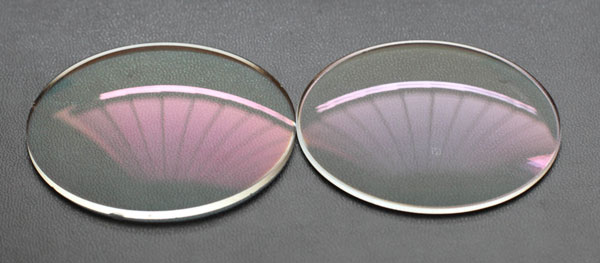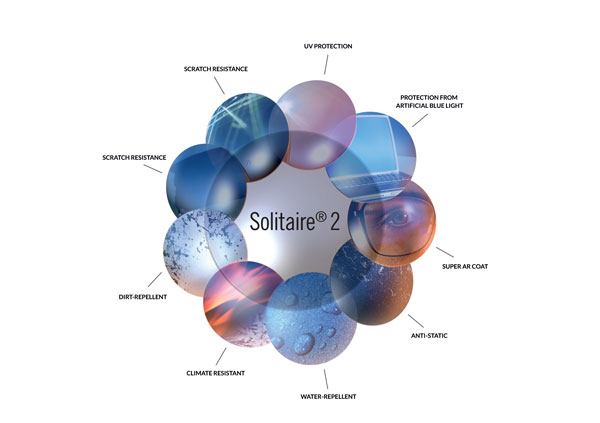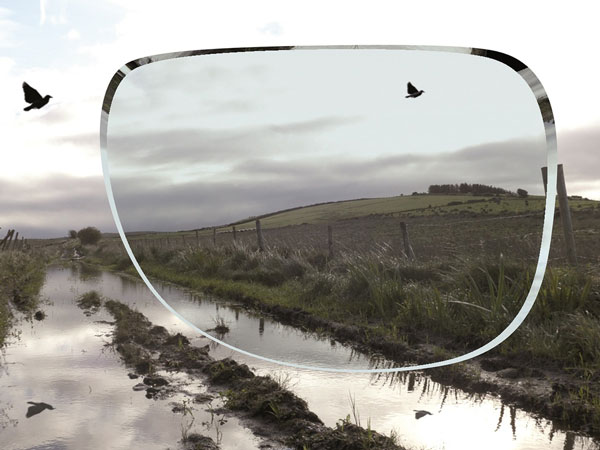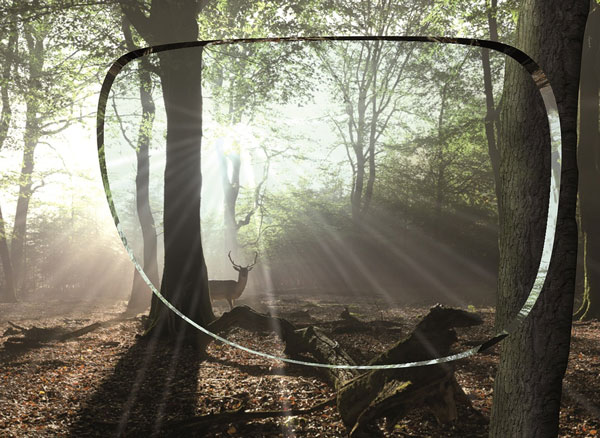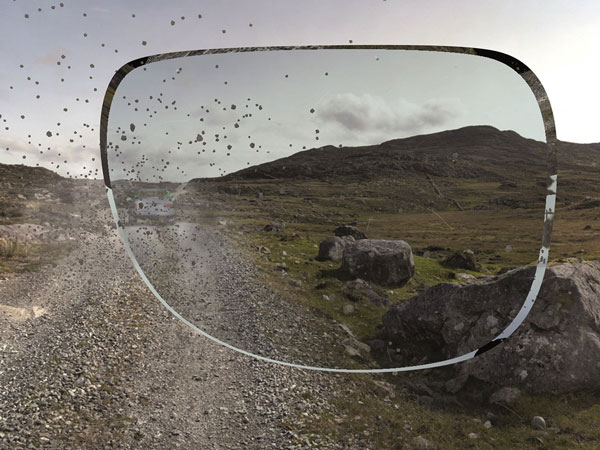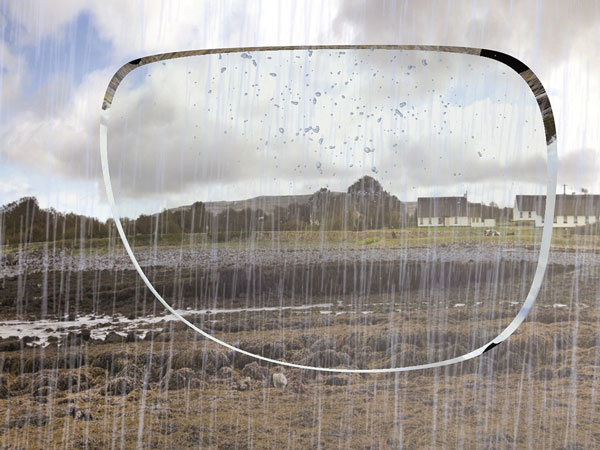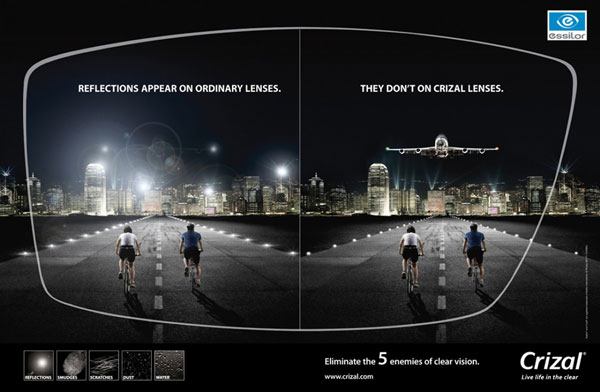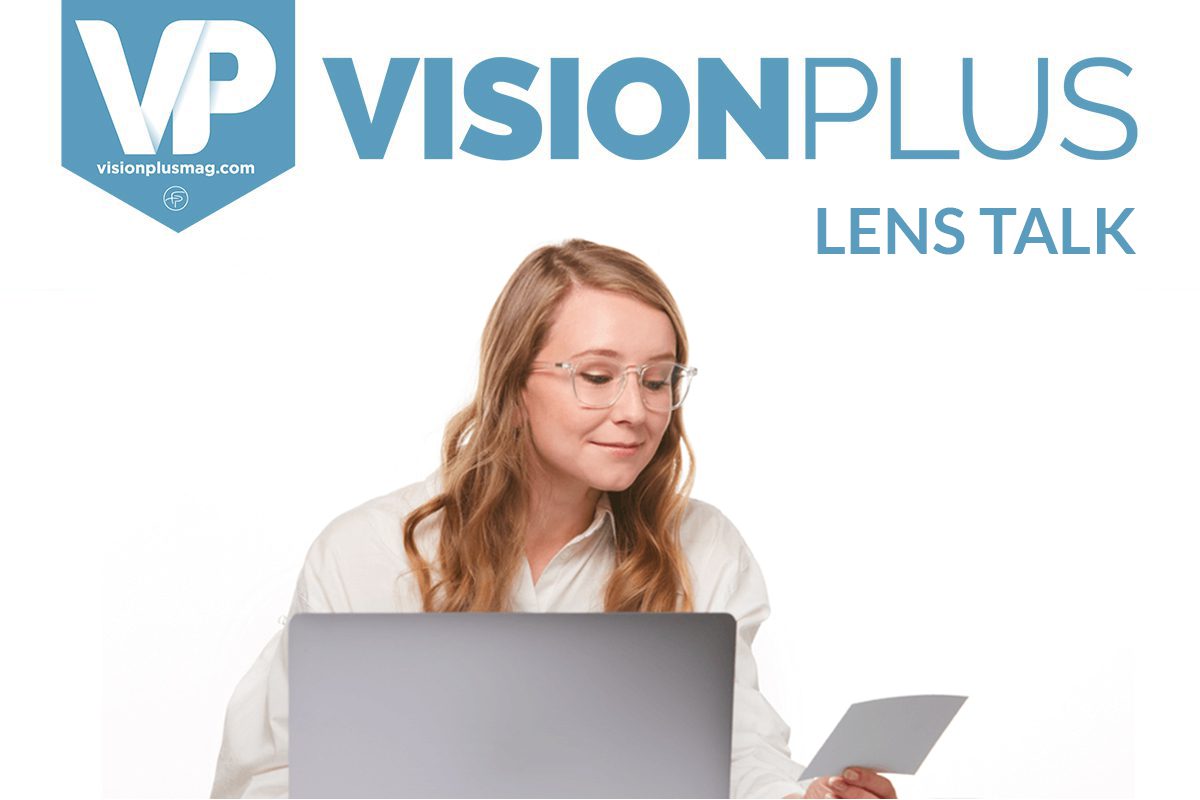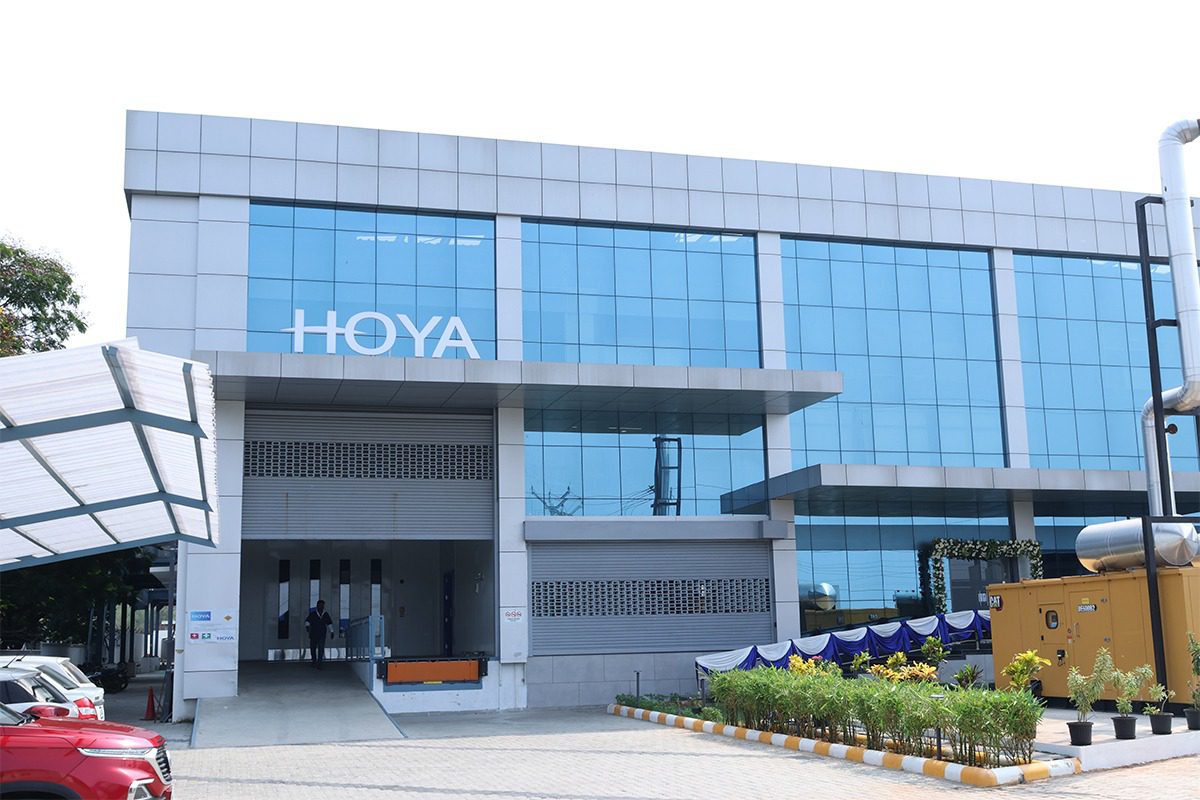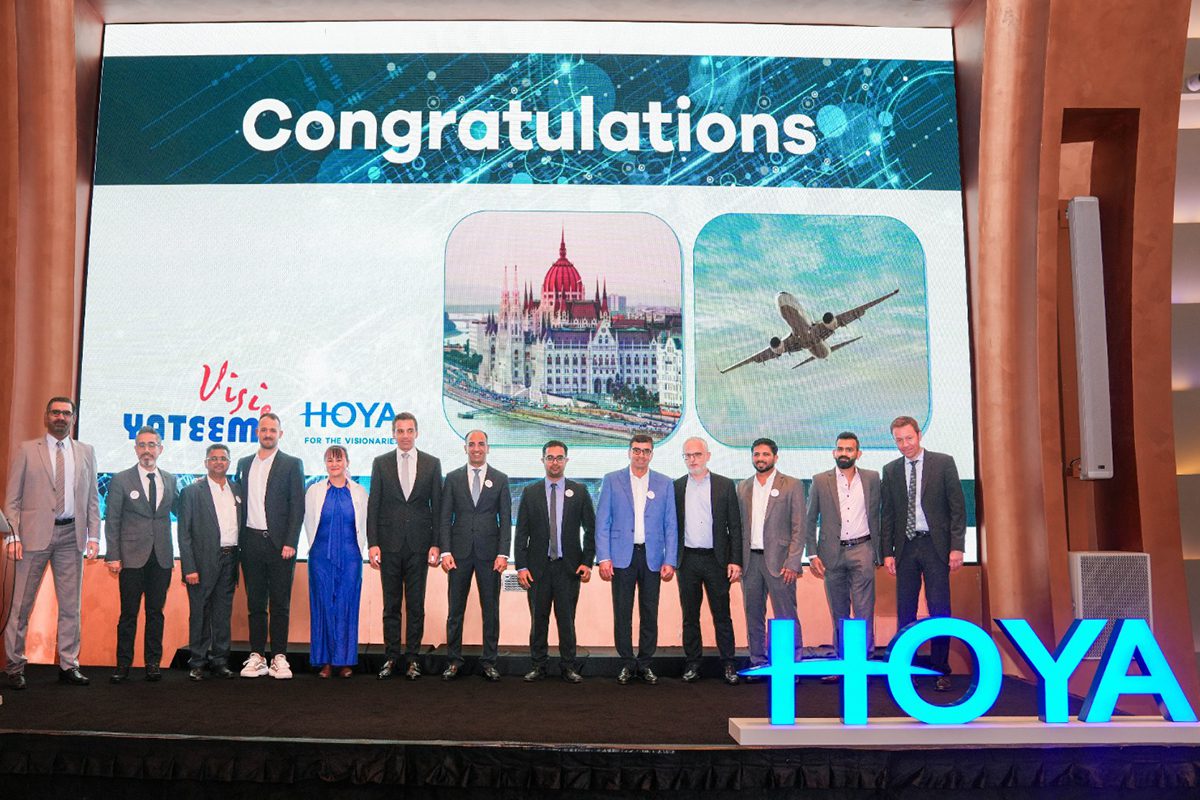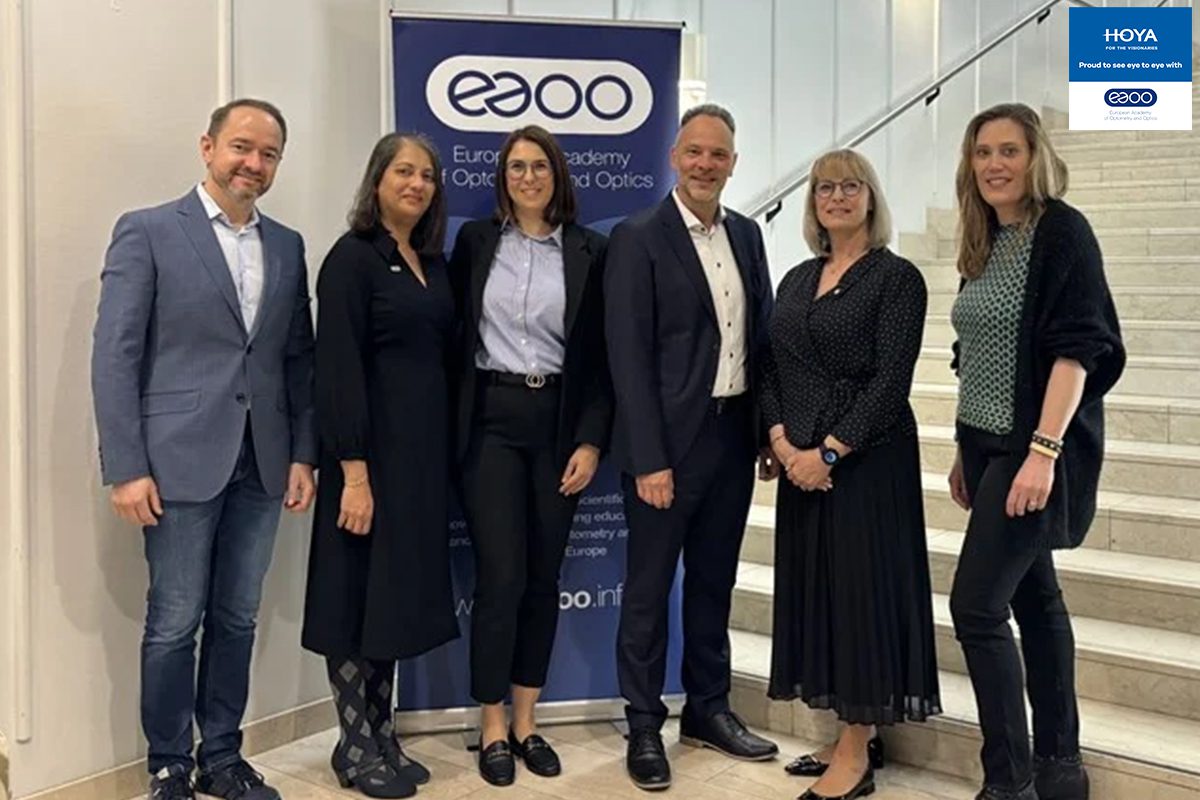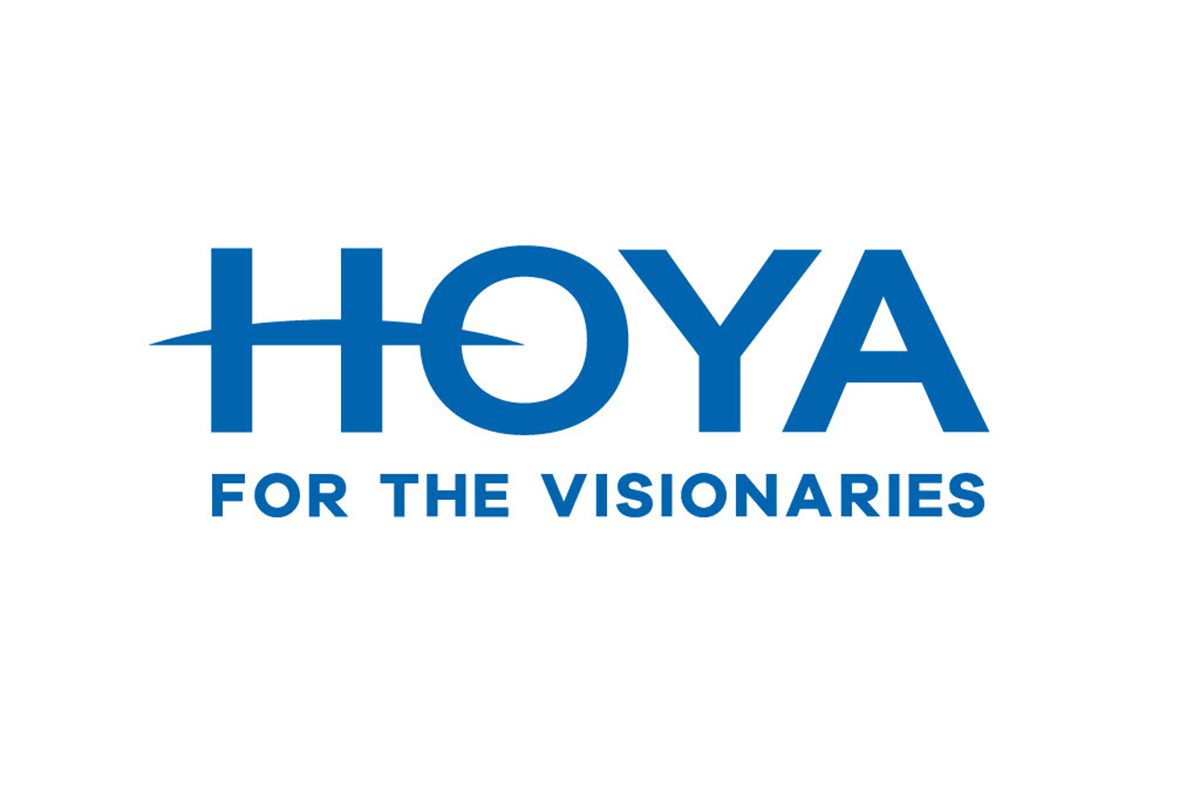This post is also available in:
![]() العربية
العربية
As an optician, you can only guide your customer to make the right choice when it comes to choosing the lens for his or her eyewear. And so it is the optician’s duty to ensure that the customer makes an informed choice…
Choosing the right lens for the eyewear is an important ritual of the entire purchase routine that the customer goes through. After all, this decision will play a key role in deciding how happy or sad will your customer be with the purchase.
The type of lens that a customer opts for is what converts the simple eyewear into a masterpiece or the perfect vision aid. Here is a guide on important points that you need to cover while talking to your customers about the different lens options.
Not just appearance!
When buying eyeglasses, appearance should not be the only concern, because comfort, vision and safety are equally important. Choosing a good lens allows the wearer to extract the best possible performance from the spectacles. From the material to the make and the coating, several factors are taken into consideration while choosing the lens for the eyewear. In this article, we take a look at these factors and their impact on the choice of lens.
Make and material
There was a time when glass was the only option available to customers investing in spectacles. The glass lenses may offer exceptionally good optical properties, they are very heavy and could end up becoming an uncomfortable option for daily wear.
As a solution, plastic lenses were introduced in 1947. In spite of being half the weight of glass, the plastic lenses have excellent optical properties. They continue to remain a popular choice even today, of course, there are different types of plastic, all with a different set of properties. Another option is the polycarbonate lens which is lighter and significantly more impact-resistant than CR-39 plastic. However, polycarbonate is recommended as a good choice for safety glasses and children’s glasses
A newer material called Trivex was introduced in 2001 with a higher abbe index making it a good choice for progressive eyewear. There are various other variants of high index plastic lenses which are lightweight, durable and offer exceptional optics.
What kind of coating does one need?
Anti-reflection coating
This could well be the irony of optics. Any lens surface reflects light as an inherent property. So, then why ask for an anti-reflection coating. Well, very simply, an anti-reflection coating on the lens makes it easier for those who have to regularly work in varying light conditions or indulge in activities like night driving.
A high-quality anti-reflection coating consists of various layers. The interaction of these layers is what helps in reducing the reflection from the surface of the lens. Reducing the reflections of light of various wavelengths optimizes clarity of vision and at the same time reduces eye fatigue.
UV block
The rays of the sun can be harmful to the eyes, if the exposure is extensive. Opting for a lens with UV block treatment will ensure that the wearer enjoys clear and accurate vision in varying daylight conditions. However, a UV block treatment does not compensate the need for a sunglass. Another option in this category is opting for lens with photochromic treatment. In this case, the lens becomes darker when exposed to sunlight.
The right combination
Leading lens companies offer various types of lenses differentiated on the basis of their coatings. The extensive range of products includes lens with multiple coatings making it easier for customers to find something to suit their needs.
However, as an optician before you recommend options to your customers, ensure that you understand their requirements precisely. From their profession to their lifestyle, every detail will help you narrow down to the right lens options for your customer.
Some offerings by leading brands
Just like it is important to find the right coat to your business suit for that impressive style statement, it is important to find the right coating for the lens of the eyewear. Listed below are a few brands that offer various types of innovative lens coating options for eyeglasses.
Rodenstock has some good options that include: Solitaire® Protect Plus 2
Rodenstock’s high tech Solitaire® Protect Plus 2 coating protects the lenses from problems such as dirt, dust, water and reflections. Lenses with this coating are also twice as scratchproof as conventional lenses, have excellent antireflective properties, superb cleaning properties and perfect UR protection.
Solitaire® Protect Balance 2
By reducing the blue light, Solitaire® Protect Balance 2 allows the user to work in front of a monitor in a relaxed manner and enhances the feeling of wellbeing in everyday life by ensuring a balanced biorhythm.
Solitaire® Protect Sun 2
Sunglasses with Solitaire® Protect Sun 2 enables the wearer to enjoy 100% protection from UVA and UVB and maximum anti-dazzle. In addition, premium Solitaire® Protect Sun 2 coating provides protection from reflections and is extraordinary easy to look after and resistant due to its pearling effect and dust-repellent properties.
Solitaire® Red Sun 2
The infrared radiation coming from the sun stimulates the molecules in the atmosphere to vibrate resulting in heat. Through this process, the eyes are subjected to a certain heat load. Solitaire® Red Sun 2 reflects part of this infrared radiation and thereby causes a reduction of the heat load on the eyes.
Even Hoya has an impressive portfolio of lens types, here is a look at some options:
Hi-Vision LongLifeIt claims to be the hardest and most durable anti-reflective coating in the industry. It offers long-lasting water, dirt and dust repellence, glare reduction and scratch resistance, and makes lenses easy to clean. It guarantees exceptionally clear, relaxed vision while prolonging the life and look of lenses.
Hi-Vision LongLife Blue Control
Along with the benefits of Hi-Vision LongLife, this coating reduces the harmful blue light emitted by digital screens. simply, it is the optimal solution for anyone who uses digital screens throughout the day. As well as protecting your eyes, it provides higher contrast and a more relaxed viewing experience.
Hi-Vision View Protect
It offers anti-reflective coating with hydrophobic properties and provides good scratch resistance. It’s easy to clean and smudge resistance property gives more clearer vision to wearer.
And then there is Essilor, that offers Crizal anti-reflective coating. This eliminates glare, scratches, smudges, dust and water droplets that distort vision. Crizal also protects the eyes from UV rays with the E-SPF® 25* index.Essilor also offers Crizal Prevencia. This offer protection from UV n Blue Violet rays-which are harmful and allows the needed blue Turquoise to pass through (with lightscan technology) and also provides all functions of Crizal.
Optifog by Essilor is a simple technology for long-lasting, fog-free vision. It aims to improve the lives of eyeglass wearers by providing efficient, long-lasting fog-free vision without distortion or loss of contrast thanks to its breakthrough anti-fog top layer issued from exclusive and innovative technology.

